As inflation sweeps across the country, businesses are getting hit hard with flow-on effects on wages and price rises. According to data from the Australian Bureau of Statistics, 46 per cent of all businesses in June 2022 experienced increases in their operating expenses, with more than 41 per cent facing supply chain disruptions.1
During the current financial downturn, it’s crucial for businesses to find ways to maintain tight control over their expenses. One easy way to do that is by cutting costs through the introduction of a cost-control system. Applying cost-saving tactics to areas with the biggest savings opportunities can help businesses cut costs and boost profit. However, it’s equally important to carefully manage cost control methods to avoid a drop in product or service quality and low employee morale.
There are six ways to reduce the cost of doing business:
- Eliminate unnecessary costs: get rid of anything that is being paid for but not used. For example, unused telephone lines, inefficient appliances, and unnecessary technology. It’s important to evaluate technology needs regularly. This includes subscribing to software that is no longer need or paying for maintenance on hardware that no longer serves a purpose. Also look at waste reduction, heating costs, utility charges, and insurance policies. Right-sizing the printer fleet can save significant amounts of money, for example.
- Explore automation: strategic automation can deliver significant benefits around resourcing and error management. By replacing tedious, repetitive, manual work with robotic process automation (RPA) businesses can free up staff members to focus on more enjoyable and creative parts of the job. Meanwhile, RPA can ensure that those repetitive tasks, such as invoice management, are carried out consistently according to pre-defined business rules. This not only saves employees’ time, but it can also save the business money by dramatically reducing the risk of errors.
- Consider outsourcing: where automation is not possible, outsourcing can cut labour costs while maintaining operational efficiency. For example, outsourcing business processes such as marketing and customer service may be more cost-effective than having in-house departments. It might also be worth evaluating whether some employees can be part-time rather than full-time. While this may not be for everyone, some may jump at the chance to improve their work-life balance.
- Reduce inefficiency: paper-based systems are not only killing productivity but could also be costing more than businesses think. Going digital is a great way to save money along with reducing paper costs using print management solutions. By monitoring and controlling printing processes, inefficiencies can be addressed and employee habits can be changed. For example, use rules to put in place printing limits, restrict access to colour printing, and have default double-sided settings for a significant impact on the bottom line.
- Focus on the most lucrative revenue streams: developing products takes time and money. Instead of investing in products that don’t sell well, assess which items generate the best return and increase production runs on those. Also, look at ways to use waste to create another product. Subletting spare space is another great way to get the most out of a physical premises to boost cash flow and reduce rental payments.
- Incentivise cost-saving ideas: get employees involved in cost control. Create an incentive for employees to cut costs or to suggest cost-saving ideas. Employees are likely to cooperate with cost-control initiatives when given an incentive and opportunity to have their say in the future of the business. Do the same with suppliers. They may offer incentives such as price discounts in exchange for timely payment to avoid losing out on business.
In an uncertain economy, every dollar counts. By applying cost-saving tactics to expenses, businesses can counter high operating costs that don’t add revenue or value to the organisation. However, reducing costs without a clear strategic driver can have a negative effect on employees and customers. To combat this, avoid making blanket cuts with unrealistic targets. It’s nearly impossible to deliver long-term profitability when the budget is being reduced indiscriminately across all areas of the business.
As inflation continues to soar with no end in sight, the pressure for businesses to cut costs is likely to affect every sector. Businesses should review their current expenses and schedule regular cost reviews for areas such as utilities, advertising, and office supplies. Failing to cut costs in this current economic landscape could affect the business’s ability to operate.
Konica Minolta offers a range of tailored solutions to help businesses of all sizes minimise costs to improve profitability. If you’re looking for a straightforward way to reduce your bottom line, contact the team today.

1. https://www.abs.gov.au/statistics/economy/business-indicators/business-conditions-and-sentiments/latest-release
 Find the perfect printer for your business
Read more
Find the perfect printer for your business
Read more
 Elevate your print & information technology with Insight Hub
Read more
Elevate your print & information technology with Insight Hub
Read more
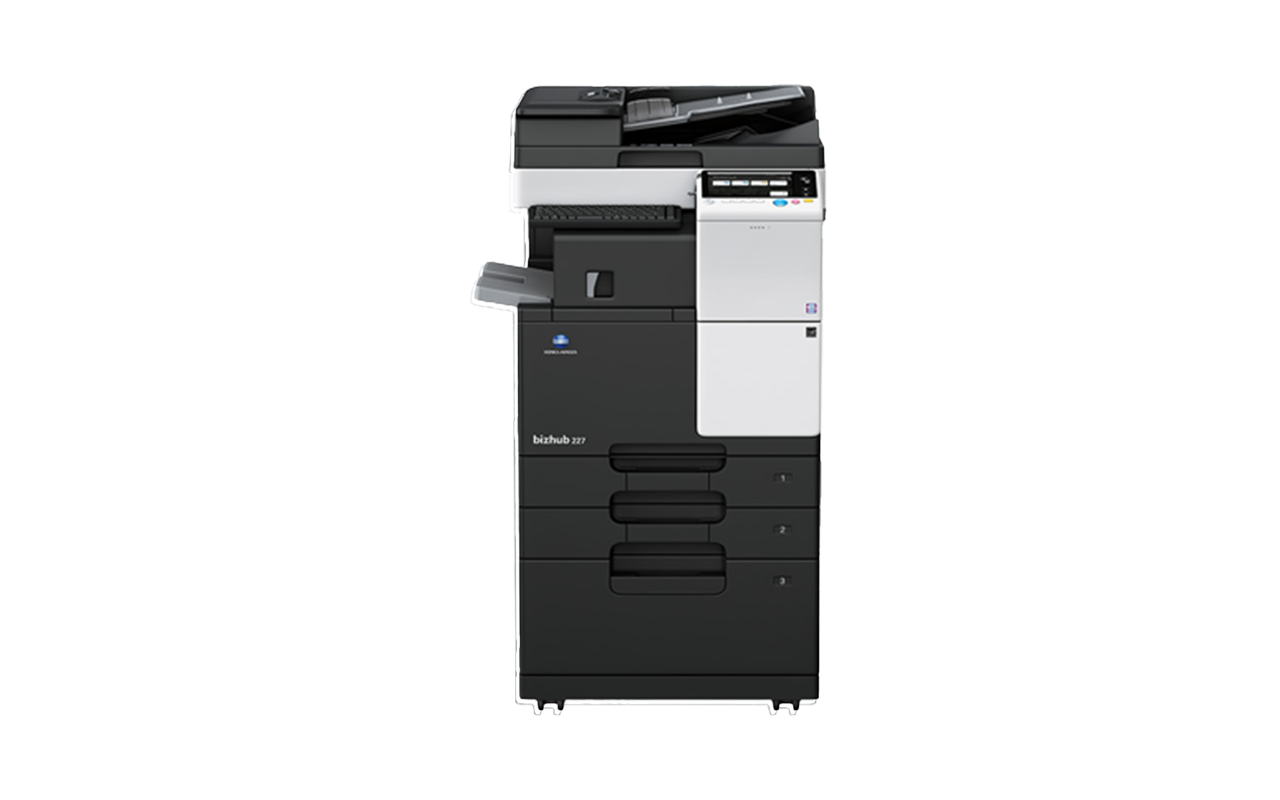
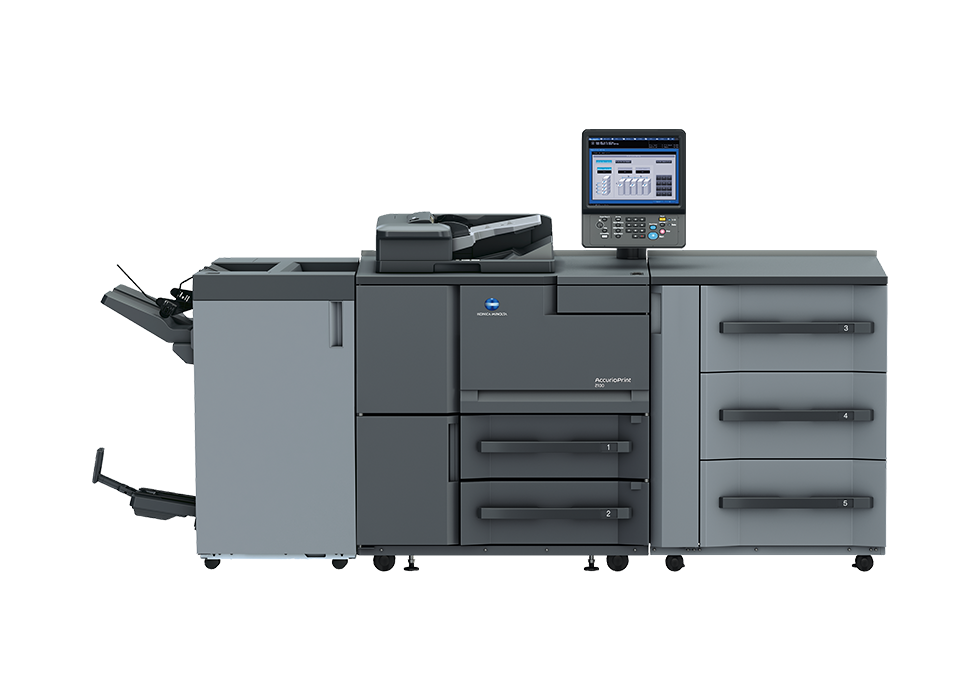

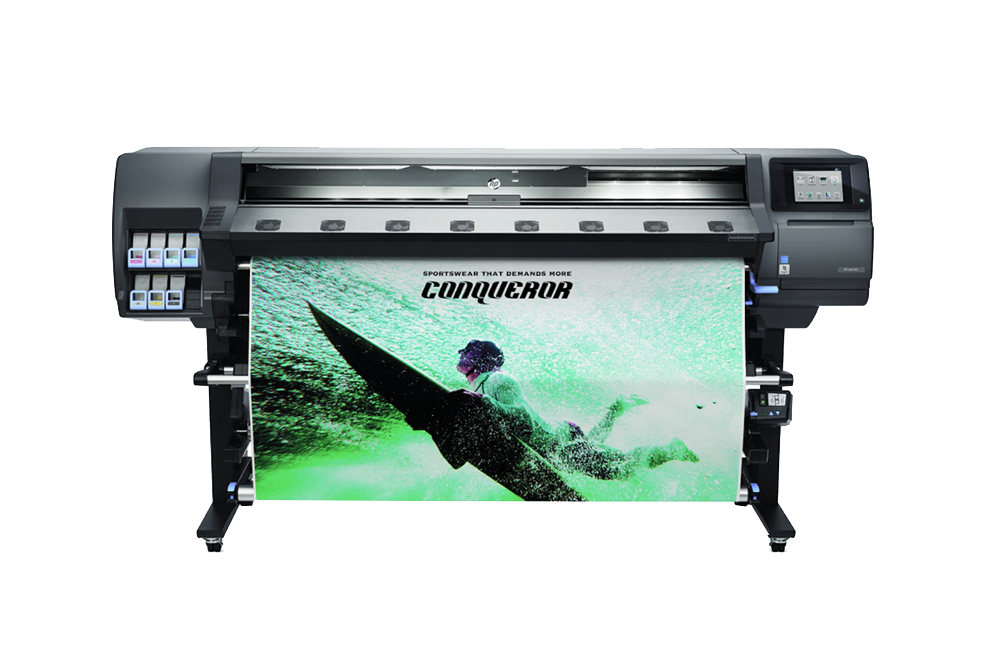
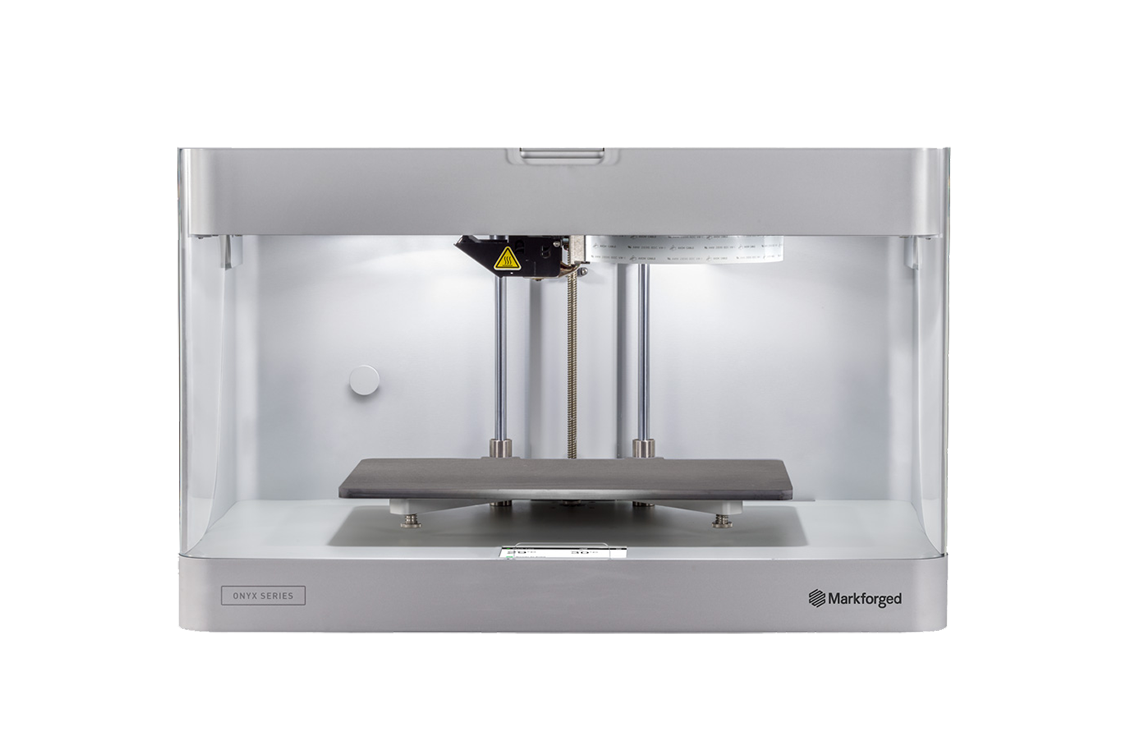
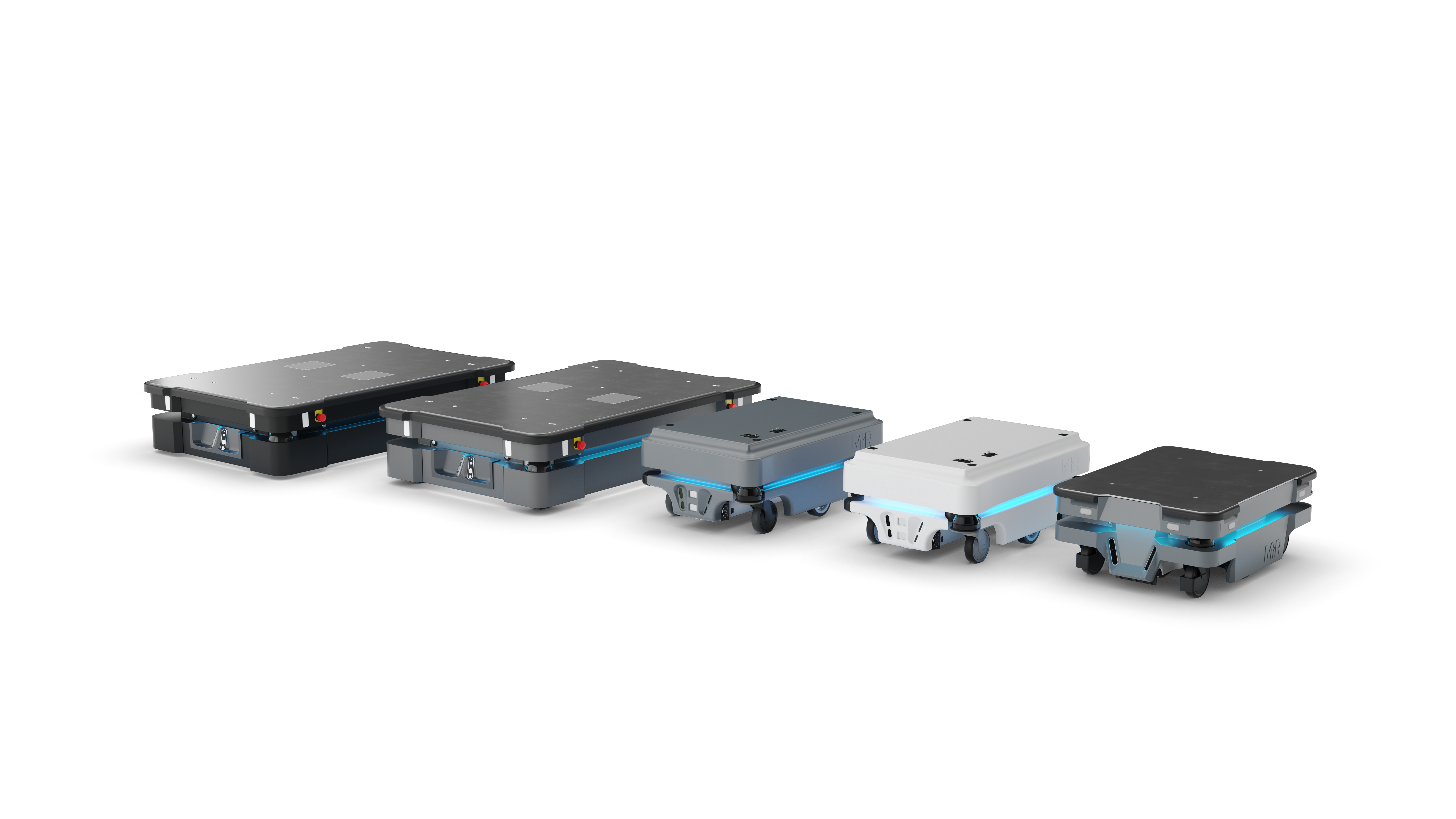
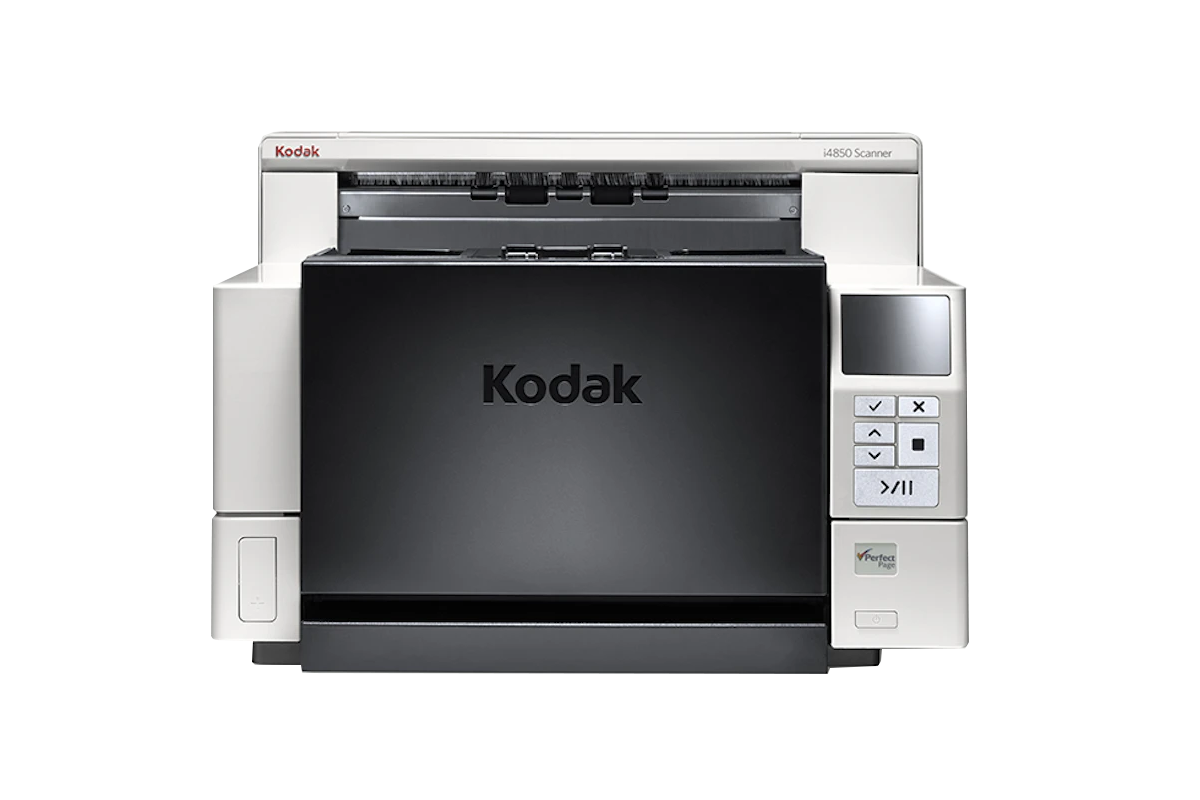



.png?width=880&height=480&ext=.png?w={width})